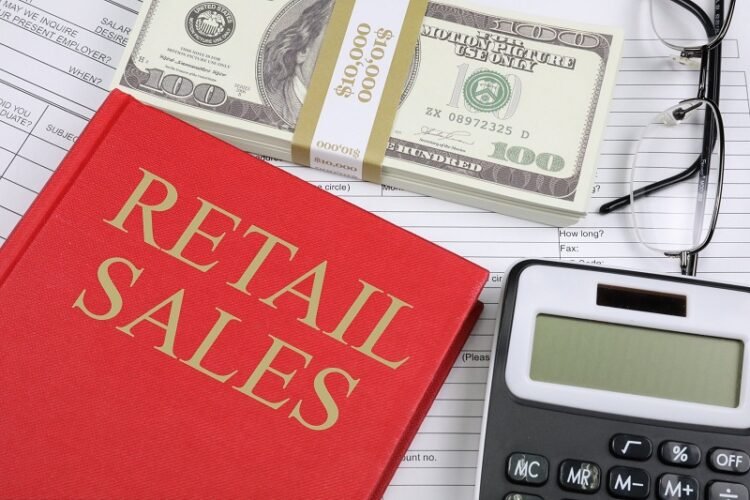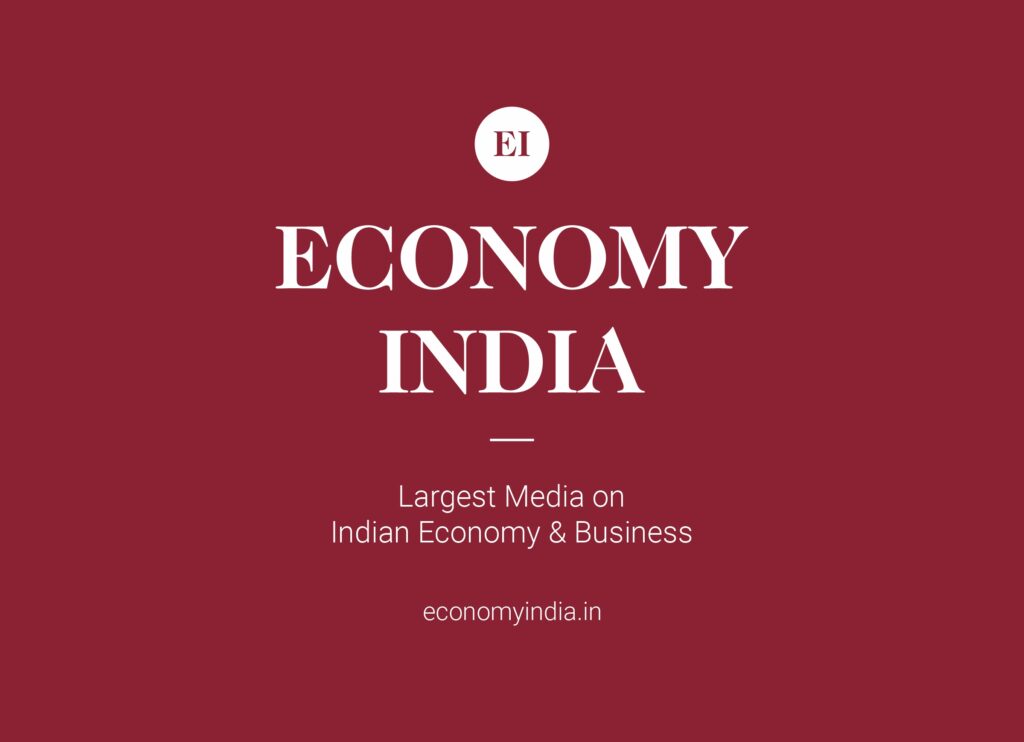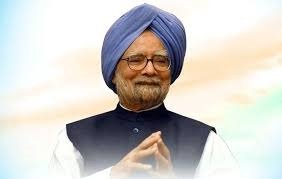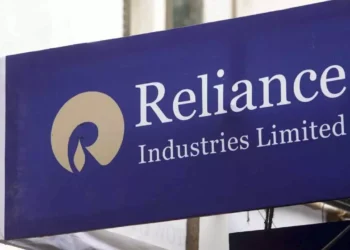🇺🇸 US Retail Sales Rise 0.6% in June Despite High Interest Rates and Economic Uncertainty
Washington D.C. (Economy India): In a sign of consumer resilience, retail sales in the United States increased by 0.6% in June, according to data released by the US Commerce Department. This rise comes amid ongoing concerns over high interest rates, inflation, and slowing economic growth, suggesting that consumer spending continues to prop up the US economy.
💳 Consumer Demand Holds Steady
June’s 0.6% growth follows a revised 0.2% decline in May, and exceeded economists’ expectations. The figures are seasonally adjusted, reflecting an increase in consumer demand for services and select goods—especially in sectors like:
- Restaurants & Bars
- Online Retail
- Electronics and Appliances
- Motor Vehicle & Parts Dealers
However, spending fell in categories such as furniture, home improvement stores, and gasoline stations due to fluctuating oil prices and housing market concerns.
📈 Why This Matters
Retail sales make up more than two-thirds of US GDP, making them a vital indicator of economic health. The stronger-than-expected numbers suggest that consumers are still spending, despite the Federal Reserve’s aggressive interest rate hikes over the past two years to curb inflation.
Many analysts had anticipated a more sluggish June due to:
- High borrowing costs for credit cards and loans
- Cooling job growth and rising layoffs in sectors like tech
- Global economic uncertainty impacting investment and trade
But the data points to a steady labor market and robust wage growth as key drivers keeping consumer demand afloat.
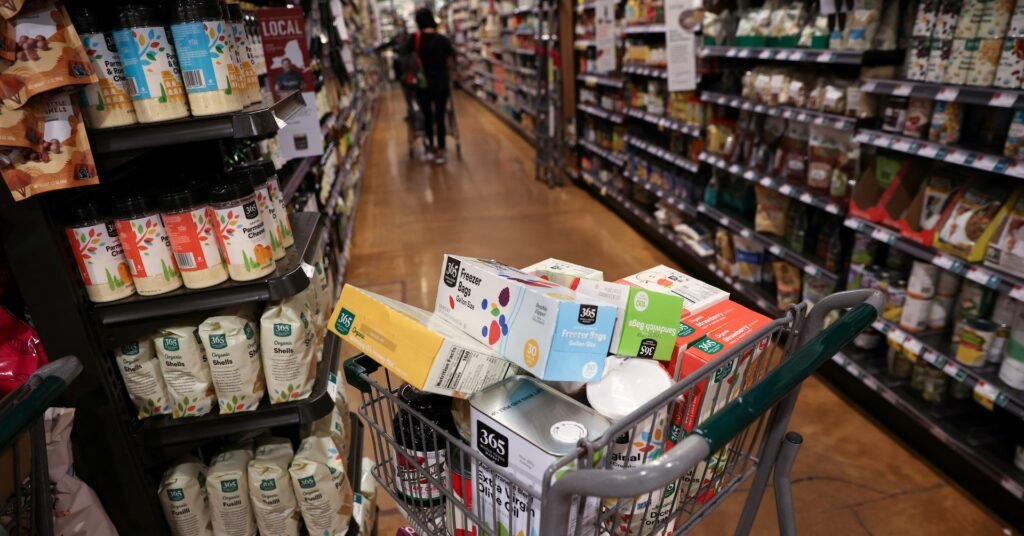
💡 Expert Insights
Gregory Daco, chief economist at EY-Parthenon, noted:
“Consumer momentum remains relatively firm. Households are still spending, but in a more selective and price-sensitive way.”
Retail sector analysts also say discounting strategies by major retailers during early summer sales helped boost numbers.
🔮 What’s Next?
Looking forward, economists remain cautious. The Fed is expected to maintain current rates, and while inflation is slowly cooling, wage growth may moderate, which could weaken household spending in the second half of 2025.
However, the positive June data has reduced fears of an imminent recession, giving policymakers and investors a measure of confidence that a soft landing for the US economy may still be achievable.
(Economy India)


